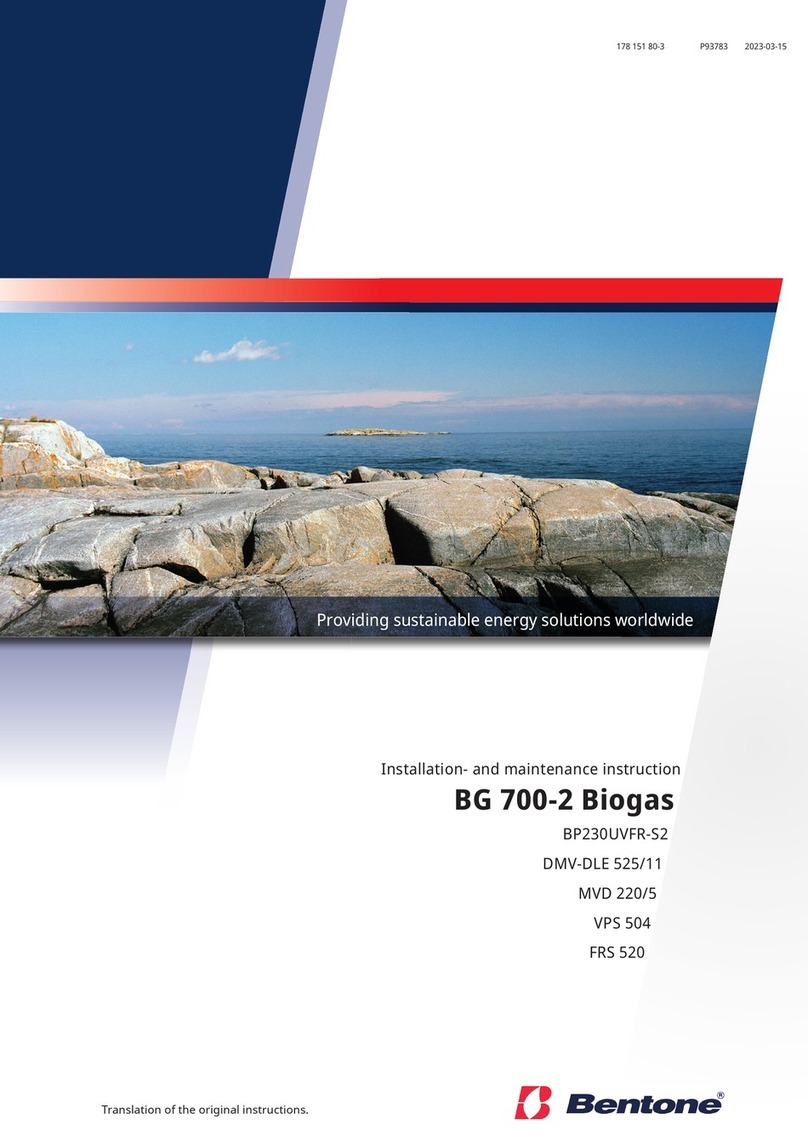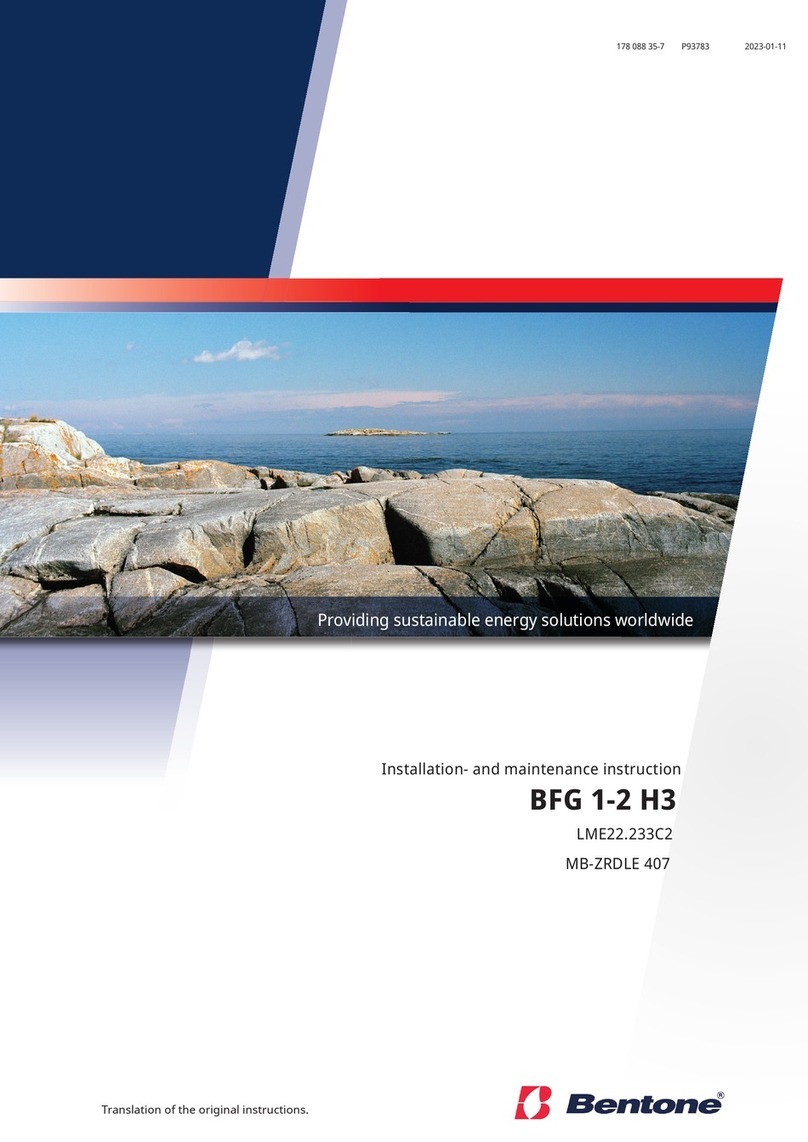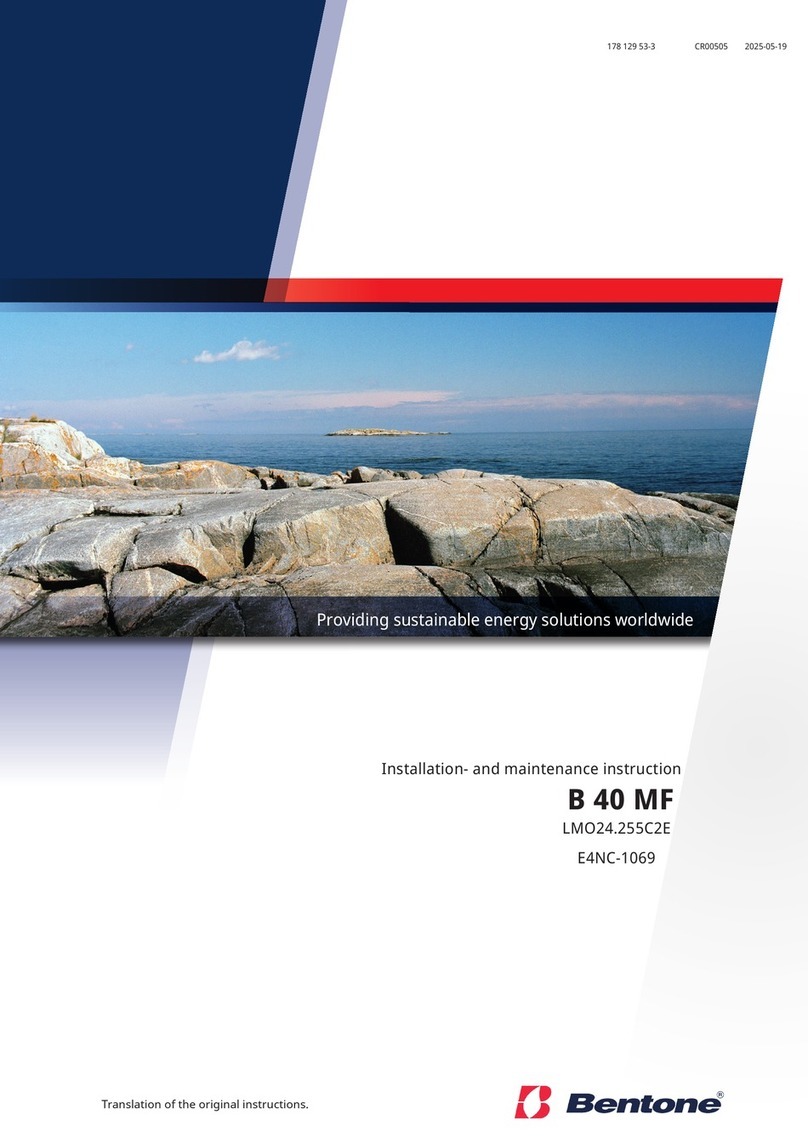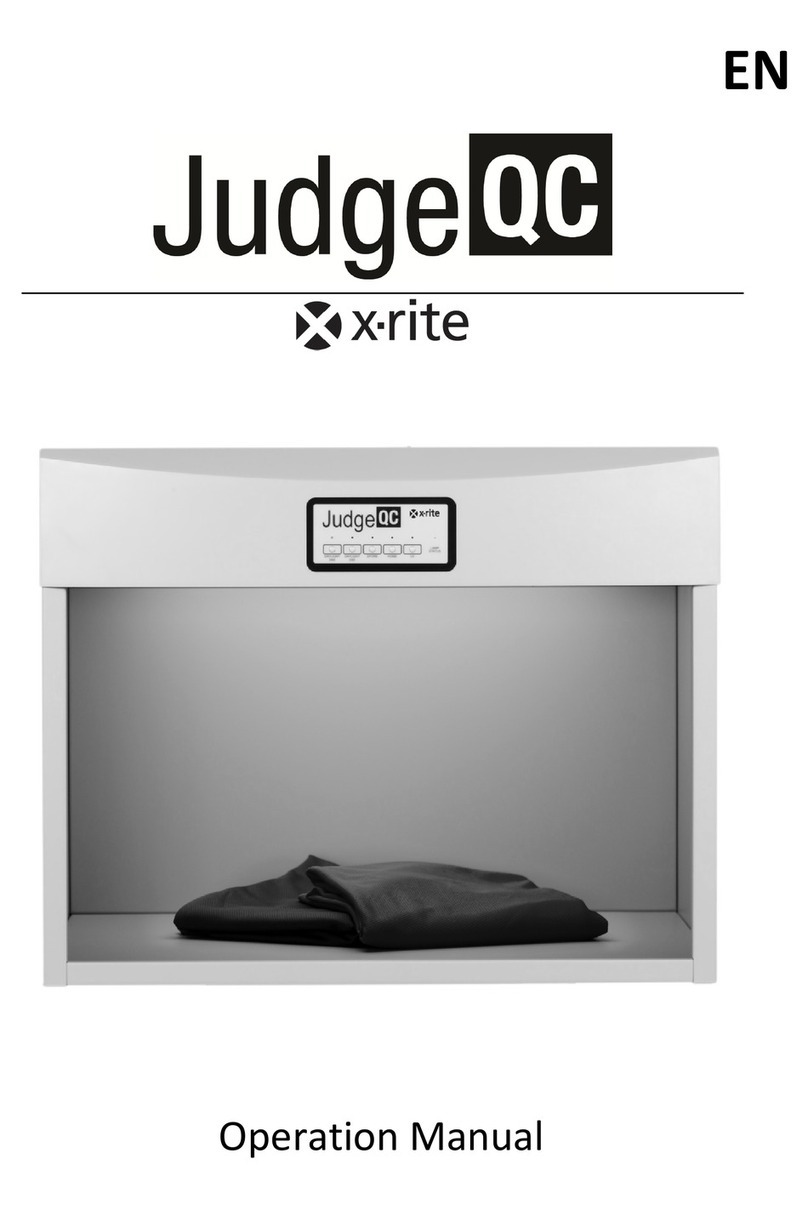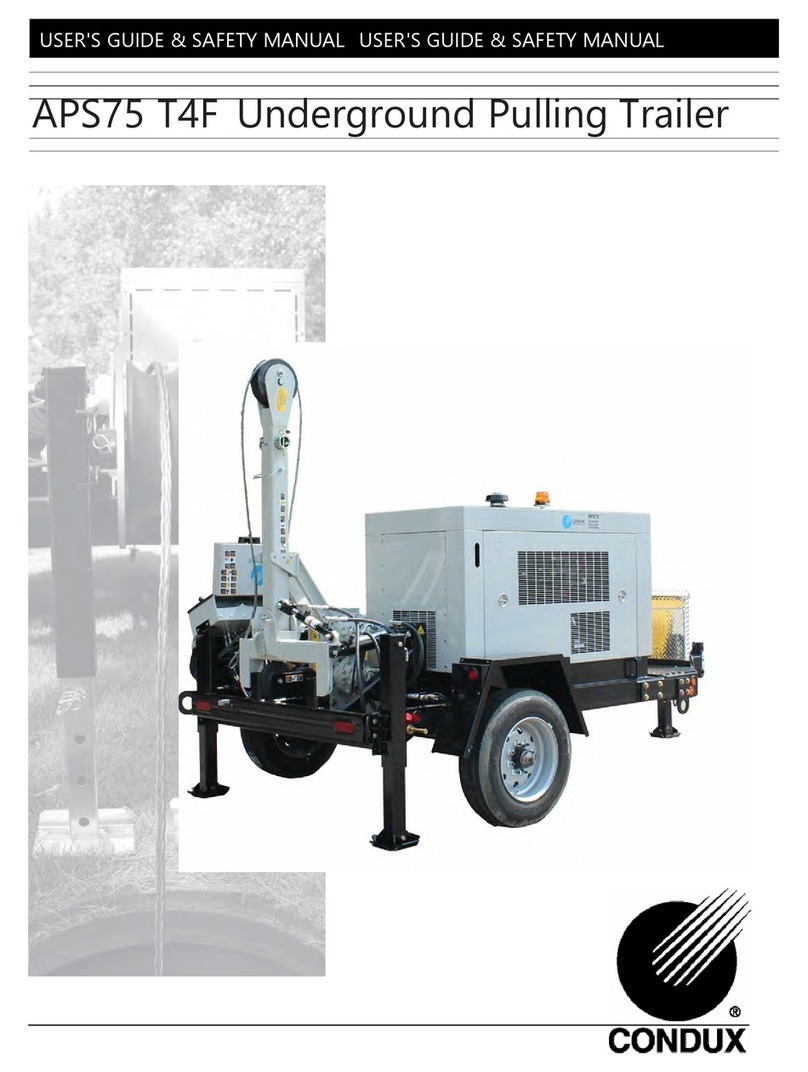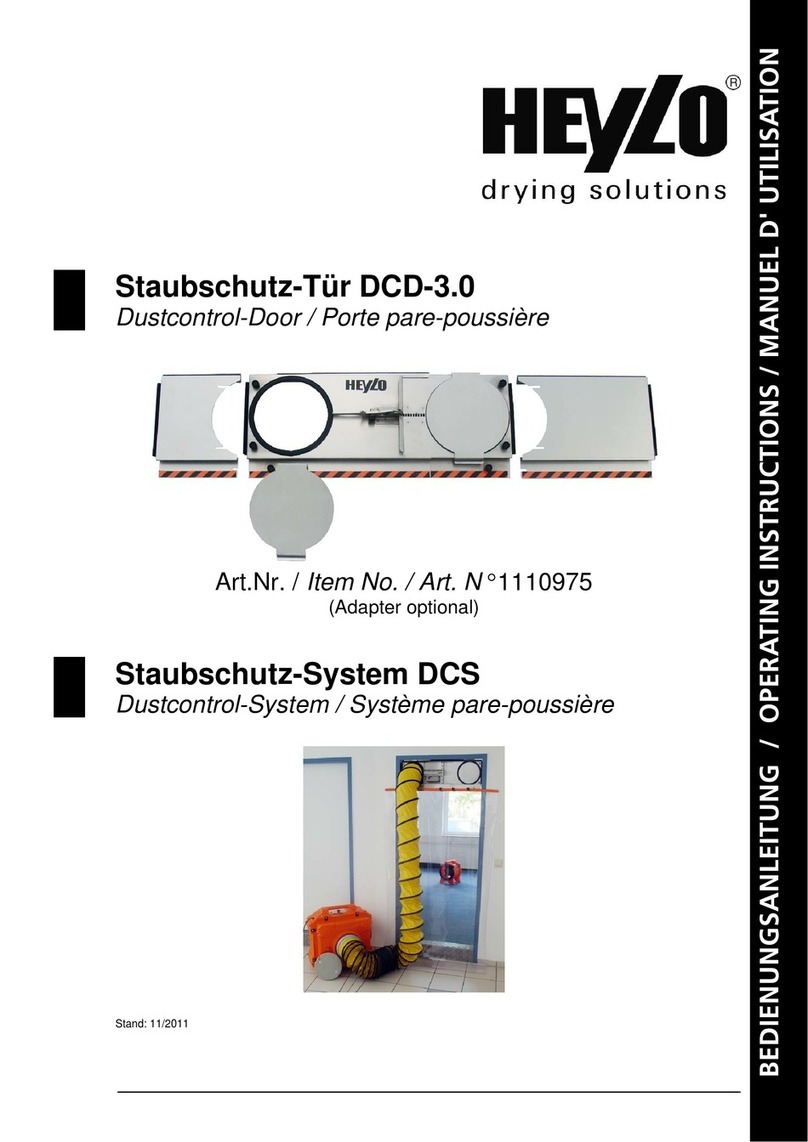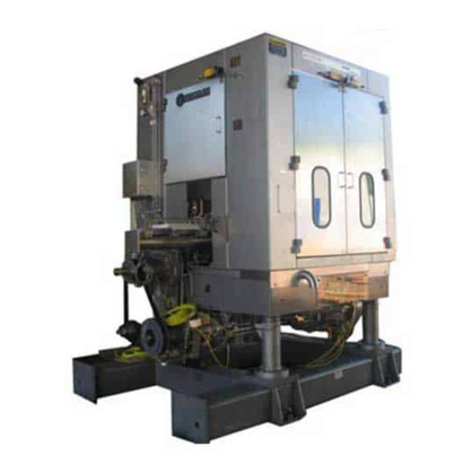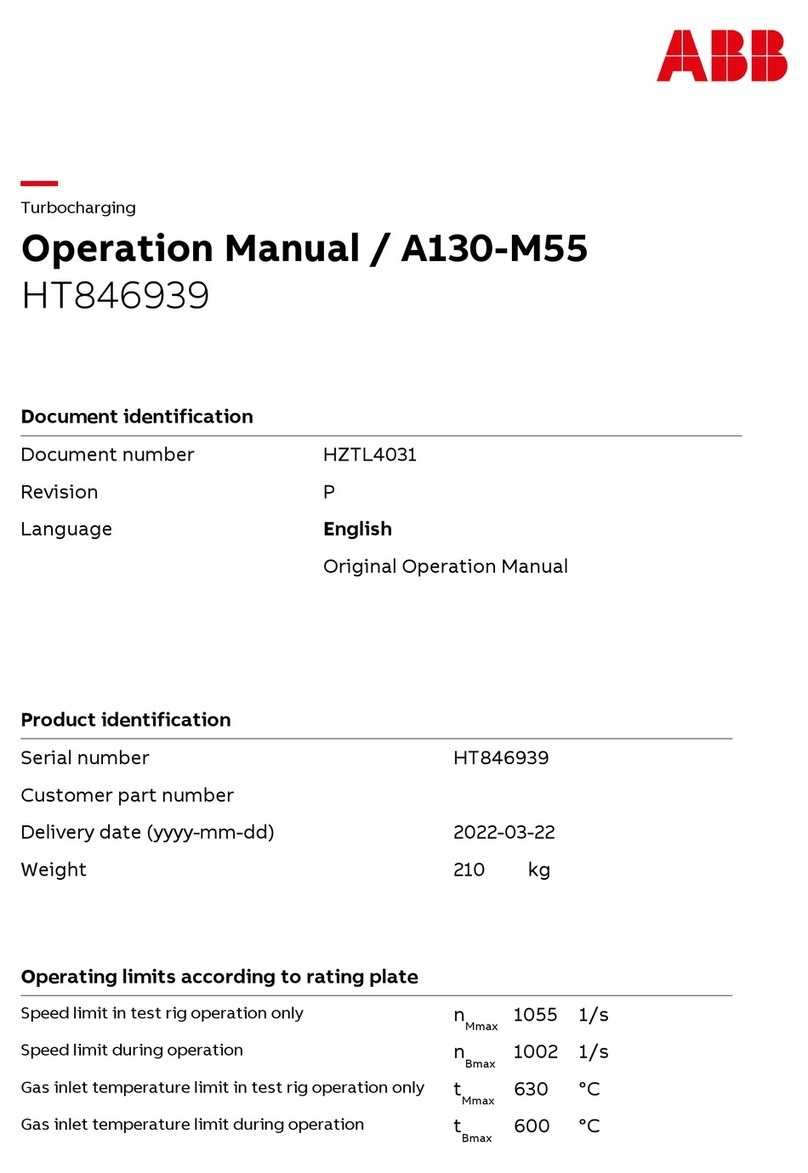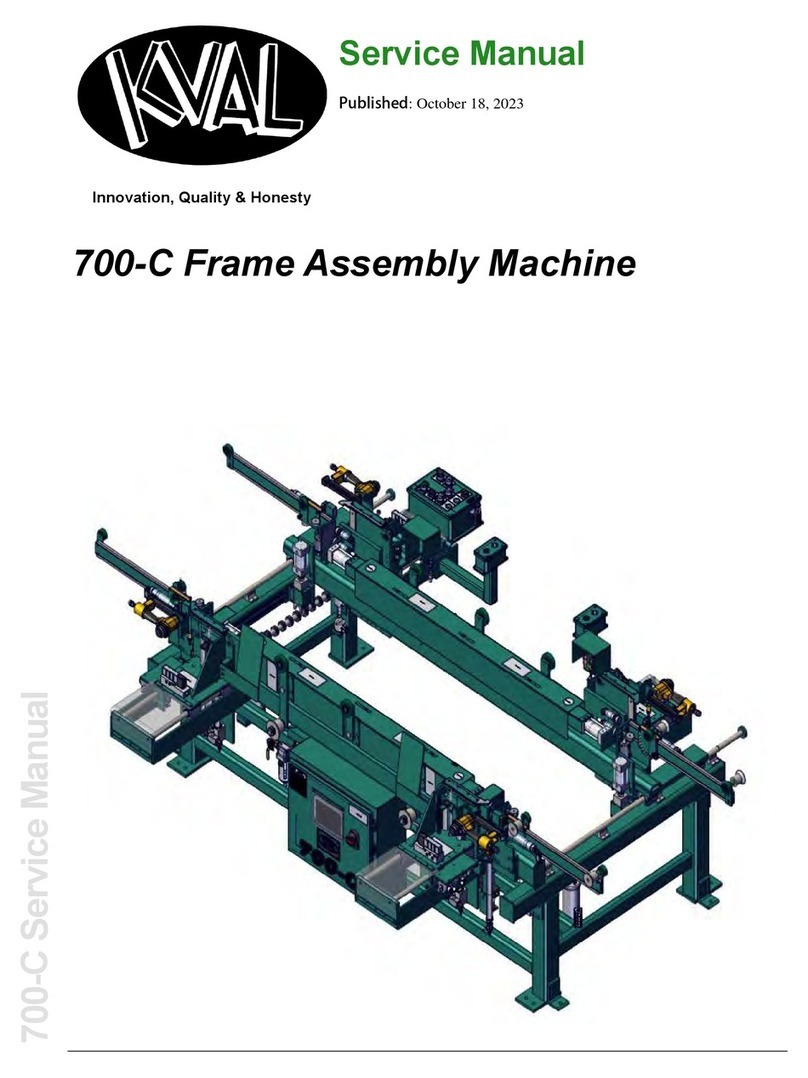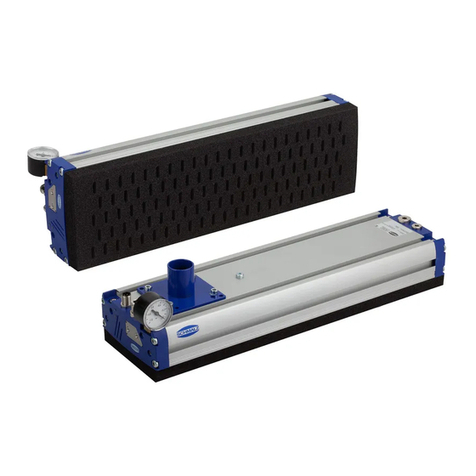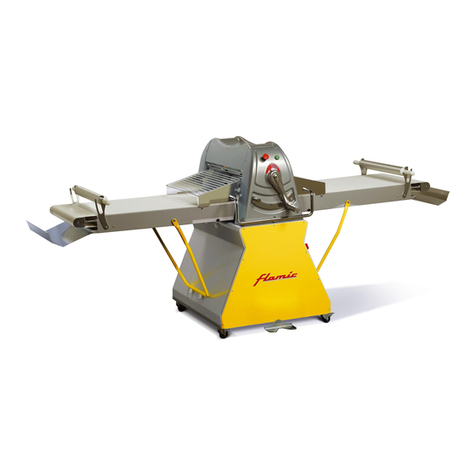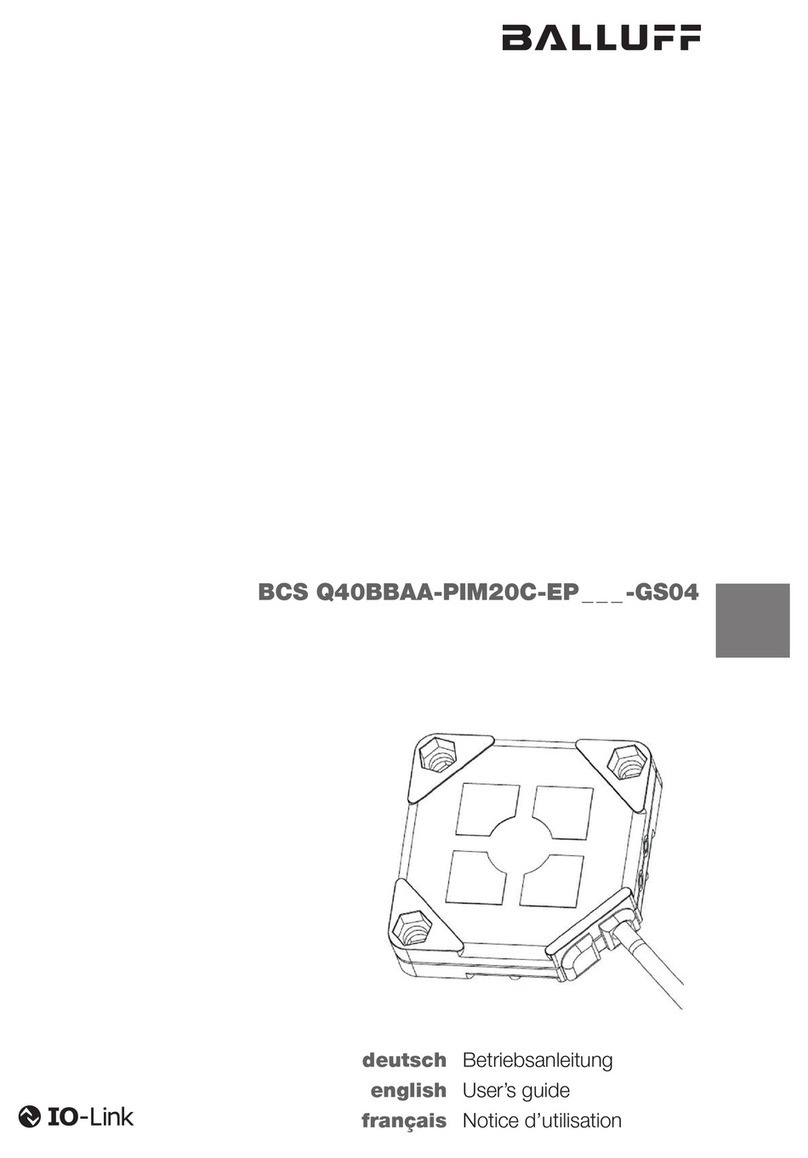Bentone BG 300LN Technical specifications

1172 115 07 05-01
Installation- and maintenance instruction
BG300LN

178 026 72

1
DESCRIPTION BG300/400LN
1. Switch man-aut
2. Switch 0-1
3. Change -over switch
increasedecrease
4. Indicating lamp Stage 1
5. Reset button
6. Air pressure switch
7. Damper motor
8. Connection flange
9. Blast tube
10. Gas nozzle
11. Connection gas fittings
12. Multibloc
13. Air intake
14. Shut-off cock
15. Cover, inspection glass
16. Transformer
17. Gas burner control
18. Electric panel
19. Electrical connection
20. Motor
172 205 99 03-01
14
15
16
17
18
19
20
45 6
3
178910
2
13
11
12

1172 215 53 03-01
TECHNICAL DATA
Type designation BG 300LN
The above dimensions are max. measurements. Depending on the com
ponents used, the measurements may vary.
Lengthof Measure A
Standard 230 217
ø110
M10
ø175-240
1/2
245185
ø100
ø108
330
220
485 A345

2172 215 53 03-01
TECHNICAL DATA
Type designation BG 300LN
Connection 3) Motor Ignitiontransformer
Naturalgas
1-fas, 0,18 kW Primary 230 V, 1 A
1" 2 800 r/m, 230 V Secondary 8 000 V
1,3 A
1) G20 = Natural gas Calorific value 10 kWh/Nm3
G25 = Natural gas Calorific value 8,2 kWh/Nm3
2) Dimension and capacity depending on gas quality and
available pressure
Output range
Capacity Gas volume at a min.Gas volume at a max Max. inlet Rated inlet pressure
kW output Nm3/h 1) output Nm3/h 1) pressurembar mbar
G20 51-120 kW1) G20 5,1 G20 12 360 20
G25 45-120 kW G25 5,5 G25 14,6
Capacity chart according to EN 676
2/2

6172 415 05 03-01
SKELETON DIAGRAM
2-stage or modulating burners
1. Ball valve
2. Filter
3. Governor
4. Pressure gauge with shut-off cock
5a. Gas pressure switch, mini
5b. Gas pressure switch, maxi
6a. Main valve, 2 -stage. When modulating operation is required,
this valve is equipped with controls for variable opening.
6b. Safety valve
1)7. Valve proving system
8. Air damper motor
9. Air pressure switch
10. Gas burner control
Pos. 5b, 7: Components not required according to EN 676.
1) Required over 1200 kW according to EN 676.
When biogas is used, Bentone shall always be contacted.
7
6b 6a
5a
4
2
1
5b
10
9
8
3
Incorporated in the MultiBloc

7
MOUNTING ON THE BOILER
Fit the burner to the boiler by means of 4 bolts M10 (do not forget the
flange gasket). For flange and bolt dimensions see Technical Data or use
the fixing flange as a pattern. If for some reason you want to separate the
combustion part from the fan housing part to mount the burner on the
boiler, see General Instructions.
Mounting of the multi-bloc on the burner
Connect the multi-bloc to the burner head. Connect PLto the fan housing.
Connect the two cables by means of the plug-in contact to the multi-bloc.
Do not mix up the cables to the valves and to the gas switch.
IMPORTANT! The burner cannot start, if these cables have been mixed
up. Do not forget to connect the plug-in contact to the leakage control,
if any.
Installation example
Connect the gas to the burner by means of the ball valve. Ensure that the
union nut, ball valve and tubing make it easy to remove the burner for
inspection and service.
172 155 01 03-01
a
PL

8172 425 51 08-01
*
ELECTRIC EQUIPMENT
Gas burner control: LMG22/LME22
Wiring diagram
1(2)
* If there is no Plug-in contact (X4,X16) on the boiler,
connect to the contact enclosed.

9172 425 51 08-01
ELECTRIC EQUIPMENT
List of components
A1 Gas burner control S12 Change-over switch, Increase-
A2 Power control Reduce
B1 Ionization electrode S15 Control thermostat, 3-pole
F1 Operating fuse (only for 2-stage sliding)
H1 Operating lamp T1 Ignition transformer
H3 Alarm signal 230 V X1 Connection terminal board
M1 Burner motor X2 Earth terminal
M2 Damper motor, X3 Plug-in contact, burner
L&S SQN75.624A21B X4 Plug-in contact, boiler
P1 Time meter, X15 Plug-in contact, power
total operating time controller, burner
S1 Operating switch X16 Plug-in contact, power
S3 Control thermostat controller
S4 Temperature limiter S9 Gas pressure switch
S5 Micro switch for hinged door Y1 Gas solenoid valve 1
S7 Main switch Y3 Safety solenoid valve
S8 Air pressure switch
S11 Change-over switch,Aut.-Man.
Mains connection in fuse in accordance with local regulations.
2(2)
Gas burner control: LMG22/LME22
Function
1.Operating switch ON-Thermostat ON-Gas pressure switch ON-Air
damper closed.
A control is made that the air pressure switch does not indicate fan
pressure. Then the burner motor starts.
2.Air damper motor opens.
The air damper motor opens the damper to max. position. A control is
made that the air pressure switch indicates sufficient fan pressure.
3.Air damper motor closes.
The air damper motor closes to min. load position. Then the ignition spark
is formed.
4.Main and safety valves open.
The gas is ignited. The ionization electrode indicates a flame.
5.The safety time expires.
The ignition spark goes out. The safety time expires. If there is no flame or
if for some reason the flame disappears after this time limit, the burner
control locks out.
6.Operating position.
The burner is in operating position and can now change over to the capa-
city controlled by the regulator.
7.Stop. The operation of the burner can now be interrupted by means of
the operating switch or the thermostat.
The control locks out. The red lamp in the control is lit. Restart the burner by pressing the reset
button.

21
Error code table
Blink code Possible cause
2 x • No establishment of flame at the end of «TSA»
•• - Faulty or soiled detector electrode
- Faulty or soiled fuel valves
- Poor adjustment of burner
3 x • Air pressure monitor does not close
••• - «LP» faulty
- «LP» incorrectly adjusted
- Fan motor does not run
4 x • Air pressure monitor does not open or extraneous
light on burner startup
•••• - «LP» faulty
- «LP» incorrectly adjusted
5 x • Extraneous light during pre-purging
••••• - Or internal device fault
7 x • Loss of flame during operation
••••••• - Poor adjustment of burner
- Faulty or soiled fuel valves
- Short-circuit between detector electrode and ground
8...17 x • Free
••••••••
..................
••••••••••
•••••••
18 x • Air pressure monitor opens during pre-purging or
operation
•••••••••• - «LP» incorrectly adjusted
•••••••• - Four times loss of flame during operation (LMG25)
19 x • Faulty output contact
•••••••••• - Wiring error
••••••••• - External power supply on output terminal
20 x • Internal device fault
••••••••••
••••••••••
172 425 57 08-01
ELECTRIC EQUIPMENT
Control diagnosis under fault conditions and lockout indication
Gas burner control: LMG ...
Diagnosis of cause of fault After lockout, the red fault LED is steady on. For reading the cause of fault,
refer to the blink code given in the following table:
During the time the cause of the fault
is diagnosed, the control outputs are
deactivated.
- The burner remains shut down
- Exception: fault status signal «AL»
at terminal 10
The burner is switched on only after
a reset is made.
- Press lockout reset button for
0.5...3 seconds
AL
FS
Red LED on
Blink code
LED on (waiting time 10 s)
Fault
Press lockout reset button
for > 3 s Blink code Off
Approx.
3 s
Connecting signal amplifier A1 = LMG
GP
R/W
LN
br bl rt sw
sw rtQ1 = AGQ 2...
QRA
11112 2

22 172 445 02 08-01
ELECTRICAL EQUIPMENT
Control program when disruption; disruption display
Gas burner control: LME....
Diagnosticsalarm trigger
Colourcodes
Limit on start attempts
LME 11 … limits the number of start attempts if the flame does not ignite on start-up
or goes out during operation. LME 11 … permits a maximum of three start attempts
if the start cycle is uninterrupted.
The red alarm signal lamp lights continuously after the alarm is disconnected.
Diagnostics for alarm triggers can be read as specified by the following sequence:
Colour code table for multi-coloured signal lamps (Light diodes)
Status Colour codes Colours
Waiting time «tw», other waiting times Off
Ignition phase, ignition checked Flashingyellow
Normaloperation Green
Operation, poor flame signal Flashinggreen
Prohibited flame signal during start up Green-Red
Undervoltage Yellow-Red
Disruption,alarm Red
Flashing code for fault codes Flashingred
Interfacediagnostics Redflickering
Continuous
Off
Red
Yellow
Green
1(2)
Light period (waiting time 10 s)
AL
FS
Flash code Pause Flash code
Approx. 3 s
lights red Press the reset
button > 3 s

23 172 445 02 08-01
Alarm control table
ELECTRICAL EQUIPMENT
Control program when disruption; disruption display
Gas burner control: LME....
During alarm trigger diagnostics, control outputs are to be disconnected from all power.
- The burner is disconnected
- Exception, the «AL» alarm signal at connection block 10
The burner is only to be reconnected after it is reset
- Press the reset button 0.5...3 s.
To switch to interface mode, hold the reset button depressed for more than 3 s. To return
to normal mode, hold the reset button depressed for more than 3 s. If the firing unit is in
the alarm mode, it is reset by pressing the reset button 0.5...3 s.
Interfacediagnostics
Connecting signal amplifier
2(2)
Red flashing code on Possible causes
signal lamp (LED)
Flashing 2 x No flame at End of «TSA»
•• - Defectiveor obscured flame monitor
- Defectiveorobscuredfuelvalves
- Poorburner installation
- Defectiveignitionunit
Flashing 3 x «LP»defective
••• - No air monitor signal after «t10»
- «LP» is welded in the open position
Flashing 4 x Prohibited flame signal during start up
••••
Flashing 5 x Time out «LP»
••••• - «LP» is welded in the closed position
Flashing 6 x Free
••••••
Flashing 7 x Too many loss of flame during operation
••••••• - Poorburner installation
- Defectiveorobscuredfuelvalves
- Defectiveor obscured flame monitor
Flashing 8 x Free
••••••••
Flashing 9 x Free
•••••••••
Flashing 10 x Connection fault or internal fault,
•••••••••• outgoing contacts or other fault
Flashing 14 x CPI contact not closed
••••••••••
••••
A1 = LME
GP
R/W
LN
br bl rt sw
sw rtQ1 = AGQ 3...
QRA
11112 2

33 172 205 34 07-01
MEASURES AND CHECKS BEFORE START-UP
2-Stage or modulating burners
General rules Care should be taken by the installer to ensure that no electrical cables or
fuel/gas pipes are trapped or damaged during installation or service/
maintenance.
Inner assembly Ensure that the ignition and ionisation electrodes are correctly adjusted.
The sketch (see separate page) shows the correct measurements.
Gas quality Ensure that the burner head is meant for the gas quality to be used
(see fig.).
Venting The gas line is vented by loosening the screw on the test nipple for the inlet
pressure. Connect a plastic hose and conduct the gas into the open air.
After having vented the gas line tighten the screw again.
Electric function test: Ensure that phase and neutral are not reversed. The gas shut-off cock
should be closed.To prevent the gas pressure switch from locking out,
it should be linked temporarily.
After the main switch has been switched on and the thermostats have
been adjusted, the pre-purging period begins (30-35sec.). At the end of
this period the pre-ignition period starts (0,5-2,5 sec. depending on the
design of the gas control). The gas valve is energized and opens and flame
is established. At the end of the safety time (2-3 sec.) the gas control
locks out. The solenoid valve and the motor will be "dead". Remove the link
from the gas pressure switch after the test is finished.
Note on 2-stage and modulating burners that during the pre-purging period
the damper opens to the set value for air on stage 2 and just before the end
of the pre-purging period it goes down to the air setting for stage 1. On
some burners under 350kW the pre-purging mainly takes place with the air
damper set for stage 1.
NOTE! Applies only to gas burner control LFL1.
When using LPG (Propane) the burner should be connected for post-purging.
Move the connection on terminal 6 to terminal 7 in the base of LFL1.
Leakage control When making a leakage control of the gas supply system, the solenoid
valve should be closed. Connect a pressure gauge to the test nipple Pa,
see fig. The test pressure in the system should be 1,5x max. inlet pressure
or min. 150 mbar. If any leakage, locate the source by means of soapy
water or a leak location spray. After tightening repeat the test.
Gas train Multibloc

14 172 155 05 01- 01
EASURES AND CHECKS BEFORE START-UP
BG300 / 400LN
Gas nozzle assembly
Natural gas
4-5
12-14
2

36
DETERMINATION OF GAS VOLUME FOR THE INSTALLATION
Specifications on natural gas, town gas and biogas vary. For more exact
information please contact the gas distributor.
Example how to calculate the gas volume (natural gas)
V = Gas volume Nm3/h
Q = Boiler output 120 kW
Hu= Calorific value of the gas A. 37 144 kJ/Nm3, B. 10.3 kWh/ Nm3
η= Expected efficiency 90%
Ex. A
Ex. B
If the barometer height, pressure and temperature of the gas deviate con-
siderably from the normal values this must be taken into account as follows:
f=
t = Temperature of the gas at the gas meter (15°C)
B = Barometer height (945 mbar)
Pu= Pressure of the gas at the gas meter (15,0 mbar)
f=
f≈1.11
The gas volume read on the gas meter actually reads 1,11 .12,9 = 14,4 m3/h.
172 205 16 03-01
Net calorific value
Gas quality kWh/Nm3kJ/Nm3kcal/Nm3
Natural gas 10.3 37 144 8 865
Propane 26.0 93 647 22 350
Butane 34.3 123 571 29 492
Town gas 4.9 17 653 4 213
Biogas 7.0 25 219 6 019
273+15
273 .1013,25
945+15
V=120
10,3 · 0,90 ≈12,9 Nm3/h
B+Pu
273+t
273 .1013,25
120 .3 600
37 144 .0,90
V=Q .3 600
Hu · η =≈12,9 Nm3/h

16 172 205 43 03-01
DUNGS COMBI BLOC WITH RATIO ADJUSTMENT
MB-VEF BO1, 407
View
1. Electrical connection gas pressure switch mini
2. Electrical connection gas valve
3. Pressure switch mini
4. Flange connection inlet
5. Test point connection 1/8" before V1
6. Filter
7. Data plate
8. Connection 1/8" PL
9. Adjustment screw V for ratio PBr: PL(max. load)
10. Test point connection 1/8" before V1(before governor)
11. Connection M4 for measurement of burner presssure after V2
12. Adjustment screw for zero point adjustment N (min. load)
13. Test point connection 1/8" PF
14. Test point connection 1/8" PBr
15. Flange connection, outlet
16. Test point connection 1/8" Pabefore V2(after governor)
17. Indication of V1and V2in operation (not standard)
1)18. Impulse line PBr (gas pressure)
19. Impulse line PL(air pressure)
20. Impulse line (fire room)
It is possible to connect a leakage control VPS 504 and a gas pressure
switch maxi.
1)NOTE!
The impulse line PBr can be replaced by an impulse flange on
the multiblock.If so, the impulse line PBr is placed included in the flange.

46
MULTI-BLOC, MB-VEF 412 - 425 B01
Technical data
- Max inlet pressure 360 mbar
- Valves V1+V2class A group 2 in accordance with EN 161
- Governor class A group 2 in accordance with EN88
- Ratio V PBr:PL 0,75:1-3:1
- Filter according to DIN 3386
- Ambient temperature -15°C- +70°C
- Protection standard type IP54 (according to IEC 529, DIN 40050)
- Gas family 1 +2 +3
- Outlet pressure 0,5 - 100 mbar
- Zero point adjustment N ±2 mbar
- Pressure switch DIN3398 TI
- Fan pressure PL0,4-100 mbar
- Fire room pressure PF -2 -+5mbar
- Burner pressure PBr 0,5 - 100 mbar
Mounting instruction - impulse lines PL, PFand PBr
- Impulse lines should preferably be made of steel. Inside diametre
>ø 4 mm (steel tube ø 6/4)
- For PLother material can be used.
- Impulse lines PLand PBR are ready from factory
- Impulse lines shall be mounted in such a way that no conden sate
can flow back into the multibloc.This is especially important
when PFis concerned.
- Impulse lines shall be mounted in such a way that they are
protected against rupture and damage.
- Impulse lines shall be as short as possible
Adjustment possibilities
Adjustment range
PBr = PBr - PF
PL= PL-PF
Effectiveburnerpressure
Effectivefanpressure
!
!
172 215 16 03-01
pBr,min =0,5mbar
PL, max. = 100 mbar
PBr , max. = 100
pL,min =0,4mbar
V = 3:1
V = 1:1
V = 0,75:1
V = 3:1
V = 1:1
V = 0,75:1
V
+ N
- N

1172 305 68 03-01
ADJUSTMENT OF GAS FLOW
- Before the burner starts vent the lines to make sure that there is gas
available at the multibloc
- Use an allen key size 2,5 mm for adjusting N and V.
- Connect a pressure gauge for measur-ing PBr, (advisable to find out if
the valves are open)
- Set the switch in position MAN.
- Set the gas pressure switch min. and air pressure switch on min.
adjustment. Set the gas pressure switch max, if any, on max.
adjustment.
- Start the burner, observe the pressure gauge, if no flame is established
and the pressure gauge needle does not flicker, increase N. When the
flame is established adjust the gas flow by means of the screw N. Use
a flue gas instrument.
- Change over to max. load, press the switch “increase”
- Adjust the gas flow with V and check at the same time the
combustion values.
- Go back to min. load and check the combustion value. Adjust if
necessary.
- If necessary repeat the controls of the adjustment made on min. (N)
and max .load(V)
- The desired gas flow on min. and max. has now been adjusted by
changing the orange and the red cams. Check the gas flow on the gas
meter available on the installation.
Note! Do not forget to set the air and gas pressure switches after the
adjustment, see special instructions.
Damper motor, air volume
Adjust the orange cam for min. load (about 5-10 on scale)
Adjust the red cam for max. load (90° )
The blue cam is factory set for closed position during standstill
The black cam has no function at modulating operation
Releasing button
By pressing the button and snapping it down, the motor will be released
and the damper can easily be turned. This function facilitates an
exchange of damper motor..
Max. load (red)
Min.load (orange)
Closeddamper(blue)
Gasvalve(black)
Releasing button N.B.
The upper position is
o

18 172 305 61 03-01
GENERAL INSTRUCTIONS
General instructions
The installation of the gas burner must be carried out in accordance with
current regulations and standards. The installers of gas burners should
therefore be acquainted with all regulations and ensure that the installation
complies with the requirements. The installation, mounting and
adjustment should be made with the greatest care and only the correct
gas should be used
Operating instructions
The operating instructions accompanying the burner should be left in a
prominent position in the boiler room.
Instructions
The user should be thoroughly instructed in the function of the gas burner
and the whole installation. The supplier must instruct the user.
Inspection and maintenance
Daily inspection is advisable.
Start up
After the burner has been fitted to the boiler and the electric connection,
the leakage control, the venting and the electric function test have been
carried out, the burner will be ready for start-up.
Howerer, study the sections dealing with adjustments of multi-bloc,
combustion air and combustion head.
Open the ball valve and switch on the main switch. If the burner starts the
actual adjustment can be made.
Commissioning of installation
Control of the combustion. The combustion quality is checked by means
of a flue gas analysis device. Adjust the burner to appr. 20% excess air in
accordance with the table. Check the flue gas temperature. Calculate the
efficiency. Check also the actual gas volume on the gas meter so that the
correct input is achieved.
Service
Service should be carried out by qualified personnel.
Replacement parts should be of the same make and approved by the same
authorities as the original. If the burner is converted to fire, another gas
quality it must be re-commissioned. If town gas is to be fired, the combustion
head must be converted and the gas train adjusted to suit (i.e. larger
gas armature or a different spring in the governor may be required).
Important
To get as low emissions as possible, the burner, the boiler and the
chimney must be adapted to each other.
Gas quality CO2%0
2% max CO2%
lambda1,2
Naturalgas 10,0 3,5 11,9

20 172 305 62 03-01
GENERAL INSTRUCTIONS
Adjustment of shrouded disc and burner head
The burner head is firm adjusted and there are no possibilities of
settings besides the adjustment and the inspection of the ignition
electrode and the ionisation electrode.
Inspection of burner head when multi-bloc MB...407
The burner head, the shrouded disc and the electrodes can be inspected
by following the instructions below:
Loosen the nut a, the nut bto the impulse line PL, the plug-in contacts c
and the screws d. Pull out the fan housing part. Loosen carefully the
ionisation and ignition cables. When the fan housing part is separated
from the fixing flange, the combustion unit can be checked as follows:
Loosen the screws eand pull out the combustion unit.
Note! Greatest caution at this working moment.
When making service to the burner,
switch off the electric current and the gas supply. Do not forget the gaskets
and O-rings and to check the density after the service.
This screw should be loosen when pulling out the blast tube. When re-
mounting the blast tube, push the blast tube so far into the flange that the
ring in the blast tube fits tight to the combustion head.
abce
d
Other manuals for BG 300LN
1
This manual suits for next models
1
Table of contents
Other Bentone Industrial Equipment manuals
Popular Industrial Equipment manuals by other brands
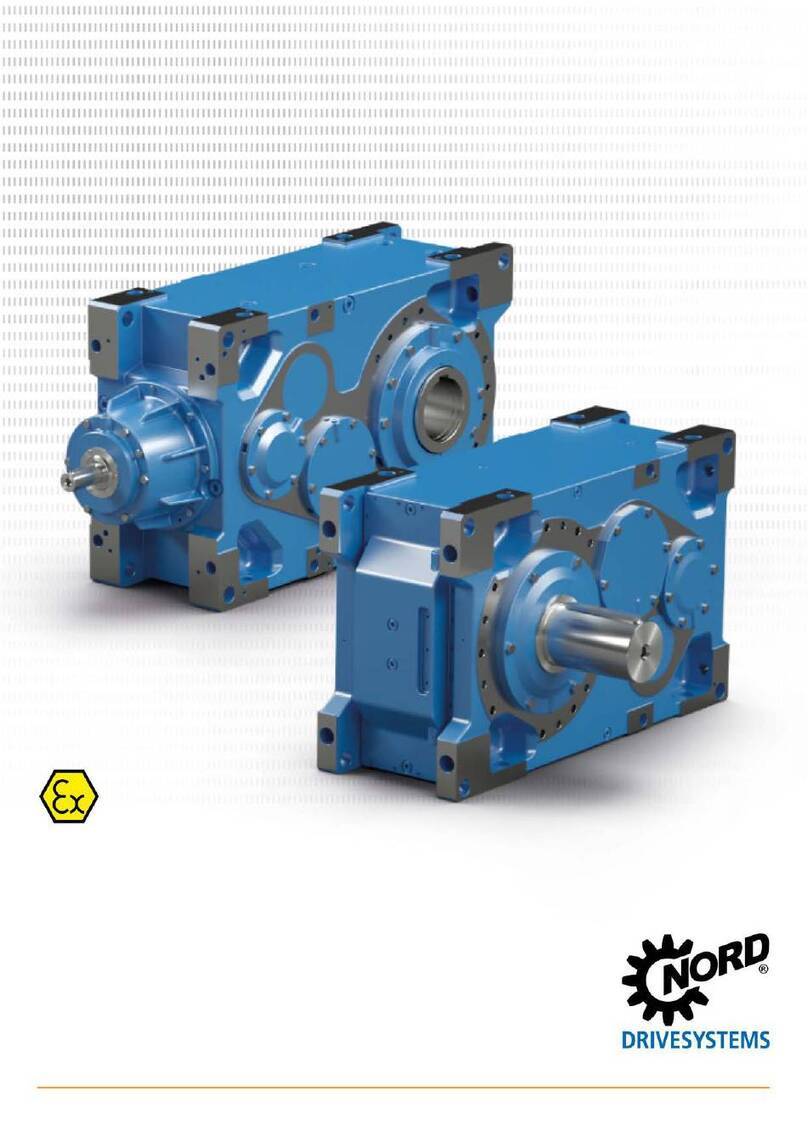
nord
nord MAXXDRIVE Customer's operating and assembly instructions
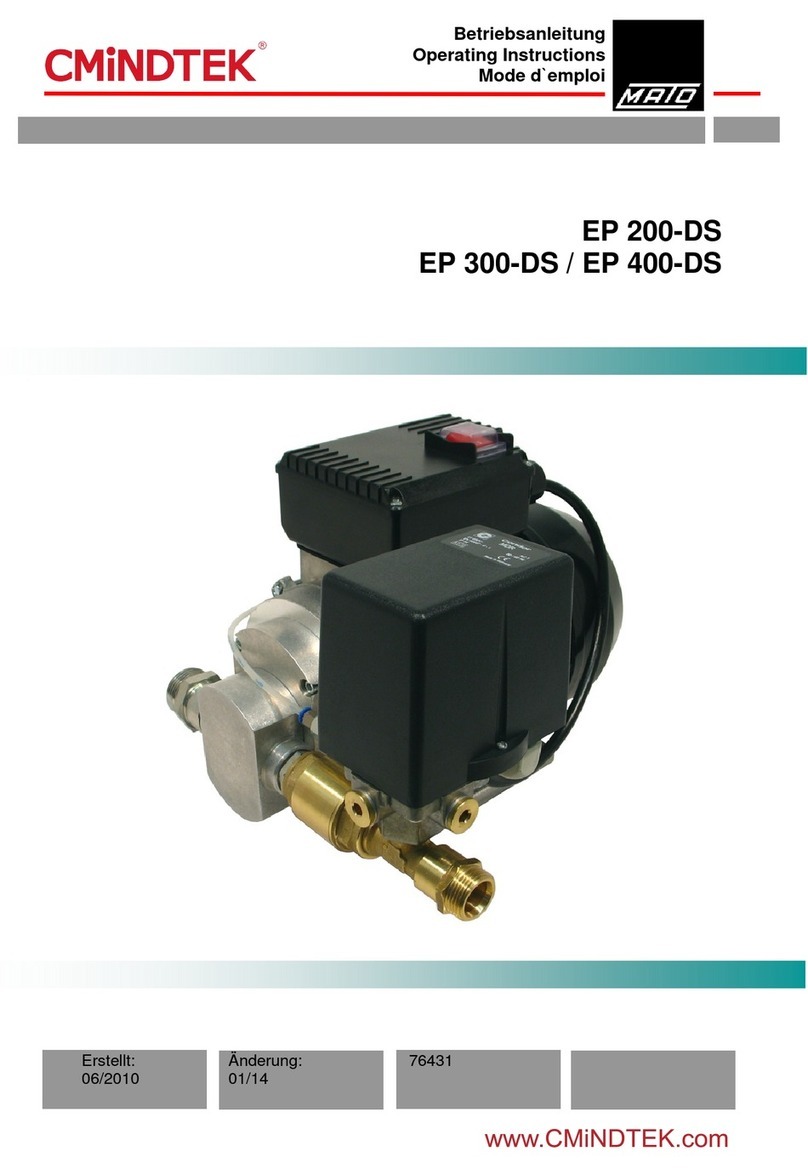
MATO
MATO CMiNDTEK EP 200-DS operating instructions
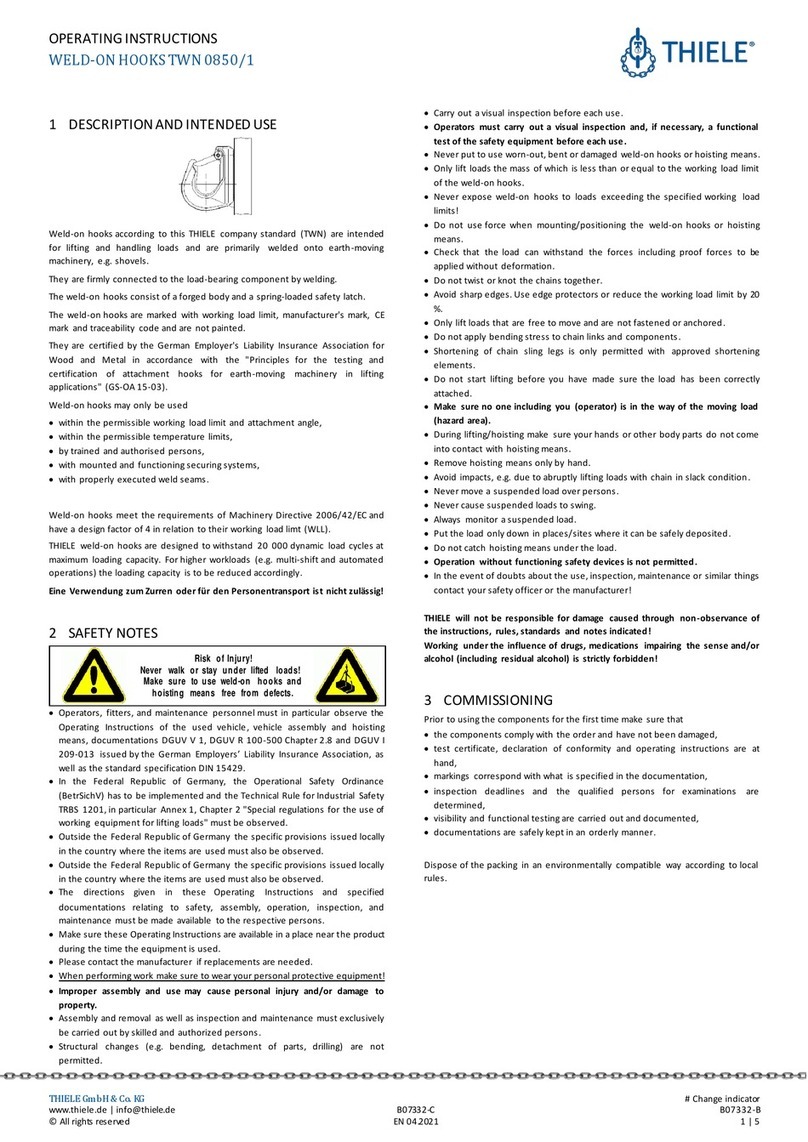
Thiele
Thiele TWN 0850/1 operating instructions
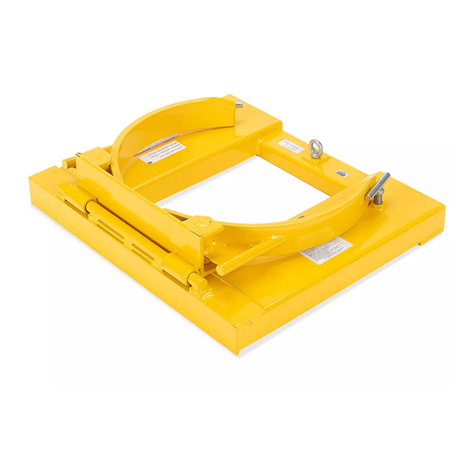
U-Line
U-Line H-1843 instructions
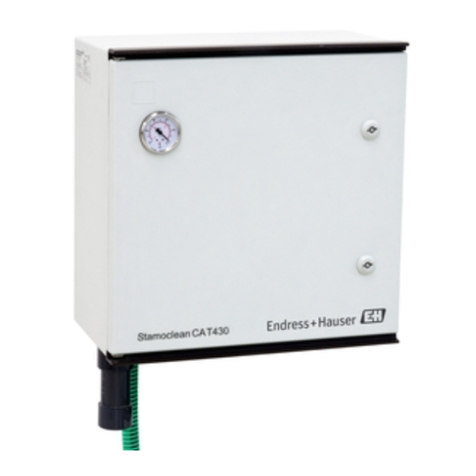
Endress+Hauser
Endress+Hauser Stamoclean CAT430 operating instructions
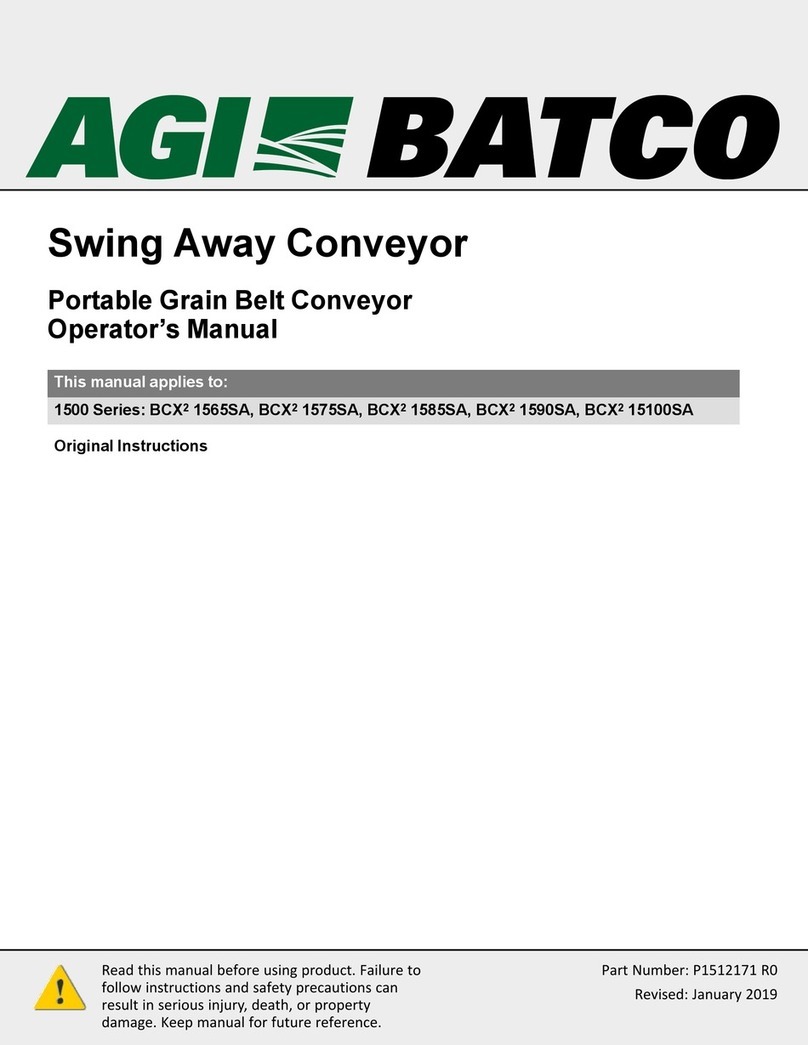
AGI BATCO
AGI BATCO 1500 Series Operator's manual
